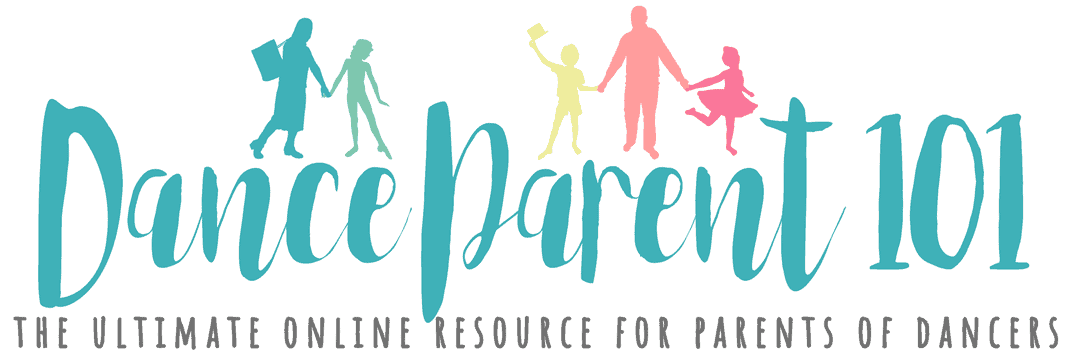
This lesson is one of two where I explore locomotor skills through dance fitness and creative movement.
Locomotor skills require coordination of our arms, legs, and bodies to move and travel from one place to another. Practice and repetition of locomotor skills are important for children to help develop as many neural pathways as possible to support coordination. In this particular lesson, we focus on marching, walking on the balls of our feet or tippy toes and walking whilst bopping to the beat of the music. Having a music soundtrack to move to increases a child’s musicality, ability to recognize patterns and also motivates and inspires them to move their bodies.
Click here to go straight to a playlist on Youtube of dance classes by Dance Parent 101. Don’t forget to subscribe to get notifications as the library is growing!
LINKS TO THE CURRICULUM
Having my Bachelor of Education (Primary) and having taught in schools, I am always looking at ways to creatively teach children and regularly used dance and movement in my classrooms to enforce learning of concepts and material we were learning about in different areas of the school curriculum.
The following are some links and connections that can be made from this movement lesson to various other areas of learning!
Mathematics and Arithmetic
- Count each step as you march, bop or walk on tiptoe. You can count to 100, count by 2s or 10s, etc..
- Have marching or tiptoe races and use a stopwatch to record your speed. If in a group, work out how much difference there was between slowest and fastest times, or if on your own try for a personal best and work out the difference between your fastest and slowest times. Another activity would be to put all your time in order from slowest to fastest.
- Measure how many steps it takes to march from one location to another in a room, compared to how many it takes on tiptoe or bopping. Compare this to your standard of measurements such as inches, yards or meters.
English and Literacy
- Write a recount about the dance class. Focus on using adjectives and adverbs to describe the way you moved.
- Make a spelling list of all the different ways humans move.
- Explore past and present tense – for example, I ran and I am running.
- Use the dance lesson to learn about verbs or doing words.
- Write an argumentative or persuasive essay regarding how technology has changed the way humans move and travel.
Social Studies
- Learn about how Marching is used by different communities and cultures (eg compare a Dance Drill Team to the Changing of the Guard.)
- Use this lesson as a springboard to learn about all the ways humans travel including using machines and technology.
Science & Technology
- Learn about the muscles and bones of the feet and legs that help us walk both on flat feet and on tippy-toe. Focus on the Achilles Tendon and how it contracts and releases as you go up and down.
- Biology – Investigate the different ways animals travel and move and how this compares to how humans travel and move.
Physical Education
- Explore all the different types of locomotor skills – skipping, running, walking, jumping, hopping, sliding, galloping and leaping.
- Discover the difference between locomotor and non-locomotor movement. That is a movement that travels and movement that occurs on the spot.
